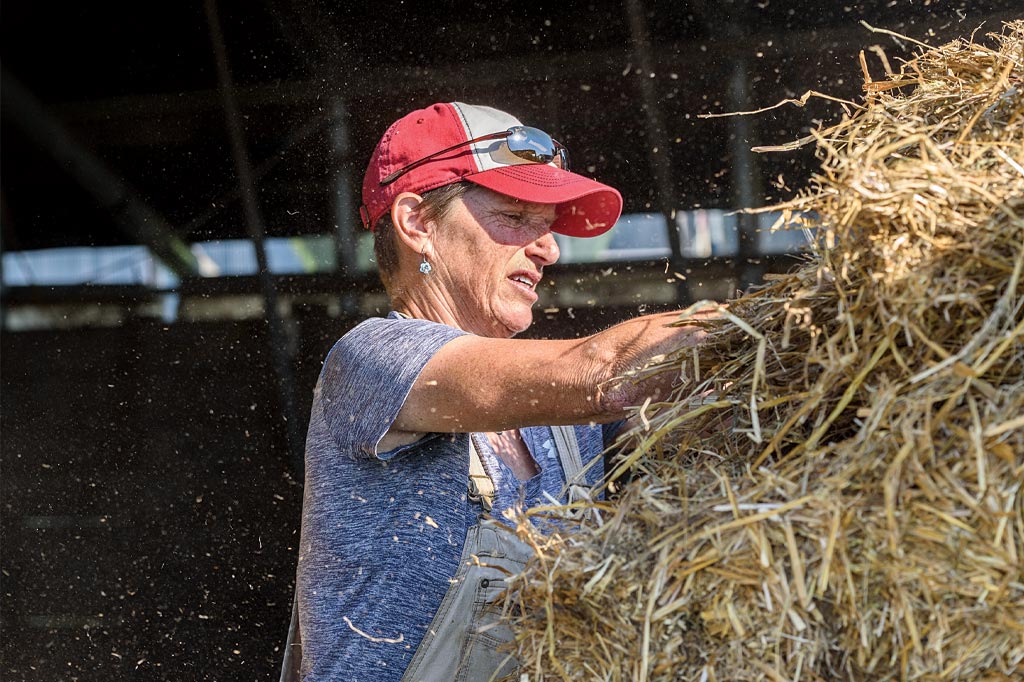
Karen Weiss of Little Foot Farm prepares bedding for her hogs.
Agriculture, Livestock & Poultry December 01, 2020
When People Come Knocking
How pandemic demand changed the farm.
“For several months, we just had people coming out of the woodwork,” says Karen Weiss of Little Foot Farm. “We had to turn a lot of new customers away and just said: I’m sorry, check back in a few months if things settle down.”
She is talking about how the COVID-19 pandemic and associated meat supply chain issues changed her family’s business—and that of farms like theirs—almost over night.
Right equation. “Many folks would comment that they had driven by for years, intending to stop in and check us out. The equation was now right to say: I’m going to stop in today.”
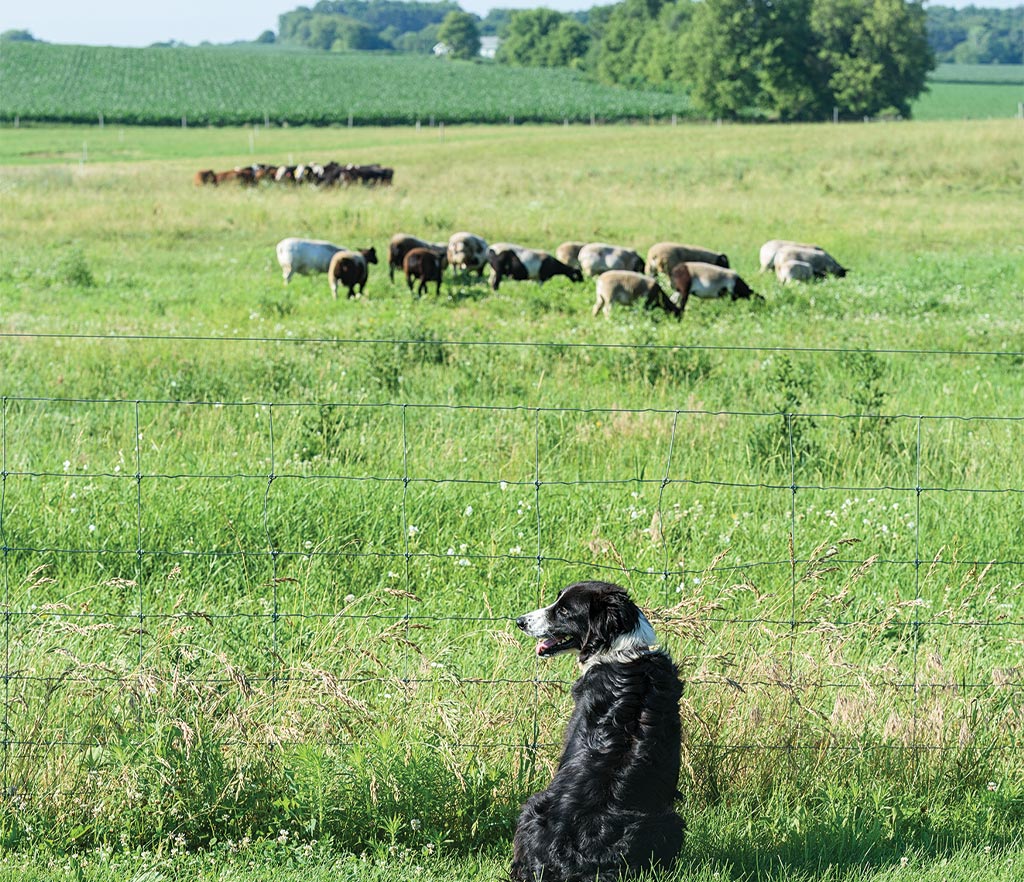
Greta, the attentive farm dog, watches over the sheep in the close pasture and cattle in the far pasture.
Three factors ignited more interest this spring in the meat Little Foot Farm raises, which they call “meat for animal lovers.” “Buying from a local farm like ours wasn’t a priority for many before COVID-19 hit,” she explains. “You had initial retail shortages due to hoarding, and then meat packing facilities having to shut down spurred an aha moment for folks. When you add in that people were cooking more at home, you have this confluence of events.” But they had no way to prepare for their neighbors’ new appetite. “Everything we sell out of our freezers here on the farm is born on our farm, so you can’t just magically snap your fingers and change your supply. And we wanted to maintain our inventory for customers who had been supporting us all along.”
Weiss and her family have adapted an old dairy farm outside Afton, Minn. into a diversified, consumer-facing operation. They started a greenhouse, converted the row crop ground to pasture, and then added livestock in 2008 one species at a time, starting with pigs.
The change they were able to make immediately after COVID-19 impacted the meat supply chain was to limit presales of whole and half beef, lamb, and hogs
in order to sell smaller bundles to new customers. “A woman stopped in for the first time and asked to buy some bacon. I said: Yes, but you have to buy something else. You can’t just buy bacon as a pig is not just bacon,” Weiss recollects.
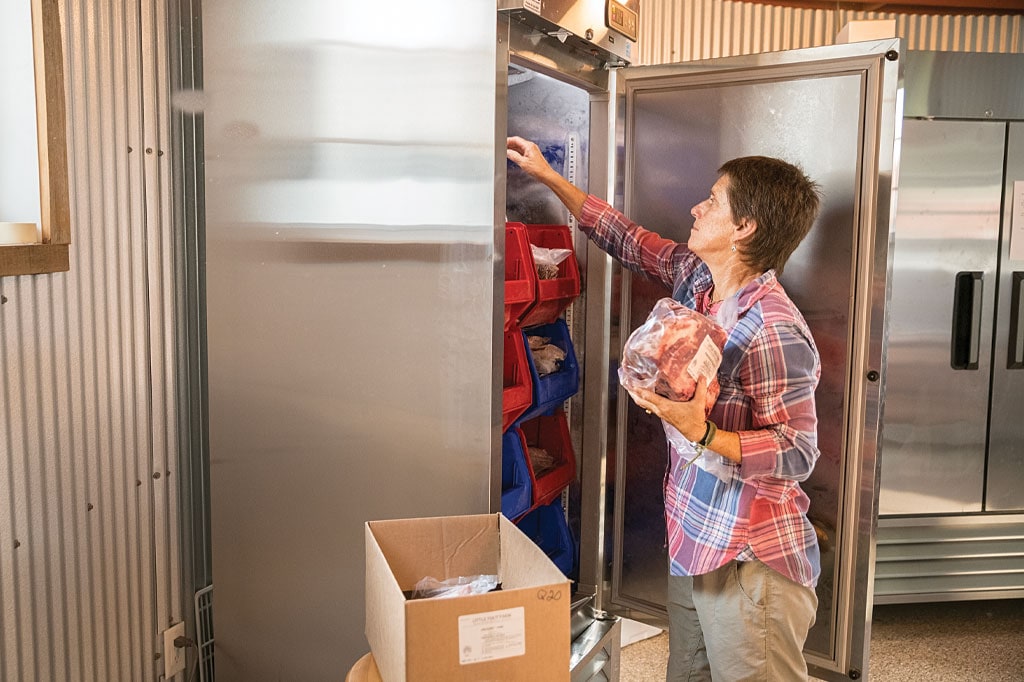
Little Foot Farm’s sales have gone completely contactless. Customers call or text Weiss; she then fills their box from the freezer’s stock and leaves it outside in a cooler for the customers.
Be ready for more. This type of creativity and education is what will be needed from all farmers like Weiss going forward, according to Brigid Tuck, University of Minnesota Extension senior economic impact analyst. She‘s part of a team which recently researched how the livestock sectors add to the state’s economy and the pandemic’s impact. They concluded farmers and the rest of the supply chain need to implement ongoing diversification because another disruption could happen at any point—be it from weather, trade, or any other unpredictable factor. “This just shows you how vulnerable our supply chain is. And it hasn’t fundamentally changed, so we could end up in this situation again,” she says, meaning the pain points in the system have been patched but not yet eliminated.
Their research also shows farms like Little Foot Farm add more to the local economy percentage-wise than larger, commercial operations, so their spot in the supply chain is crucial. She adds, “The ideas of continuing to look at diversification and supporting local agriculture and farmers in your community are some of the messages we’re trying to get people to take away.”But the current processing capacity for meat from farms like Weiss’s is not even one percent of the area’s total, according to Joe Armstrong, DVM, University of Minnesota Extension educator in cattle production systems. “While local, small processors are vital, their capacity is limited, and it would be impossible for them to take up the plant closures due to the COVID-19 pandemic.”
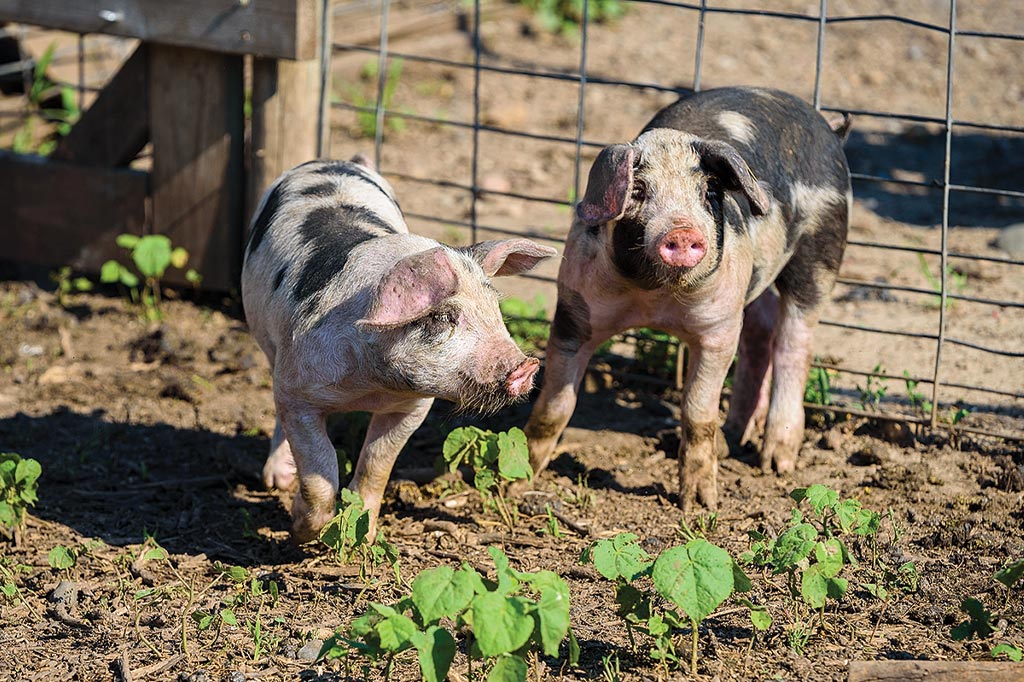
A team effort. Building up the supply chain’s diversification will take shared effort from farmers, processors, retailers, and consumers. Minnesota Grocers Association president, Jamie Pfuhl, says this is already starting to happen with independent retailers. “I think COVID-19 is going to bring a positive spin because, as a result, many of our innovative grocers are looking for new ways to compete with online grocery,” Pfuhl notes. “They are partnering with local farms to make the shopping experience different for that community, for customers who want to stay local and support brick and mortar.”
Some examples she thinks are just the beginning are stores that have begun partnering with local farms to sell subscriptions and ready meals using their produce and meat.
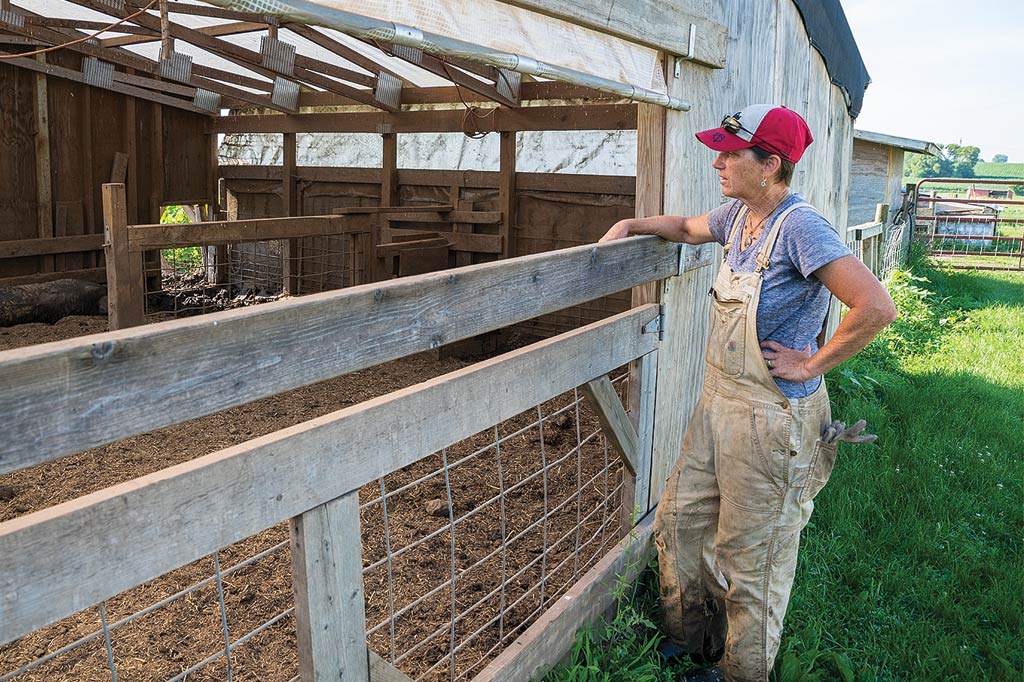
Weiss watches her hogs, who farrow year-round so the farm always has some ready for market and some babies
Read More
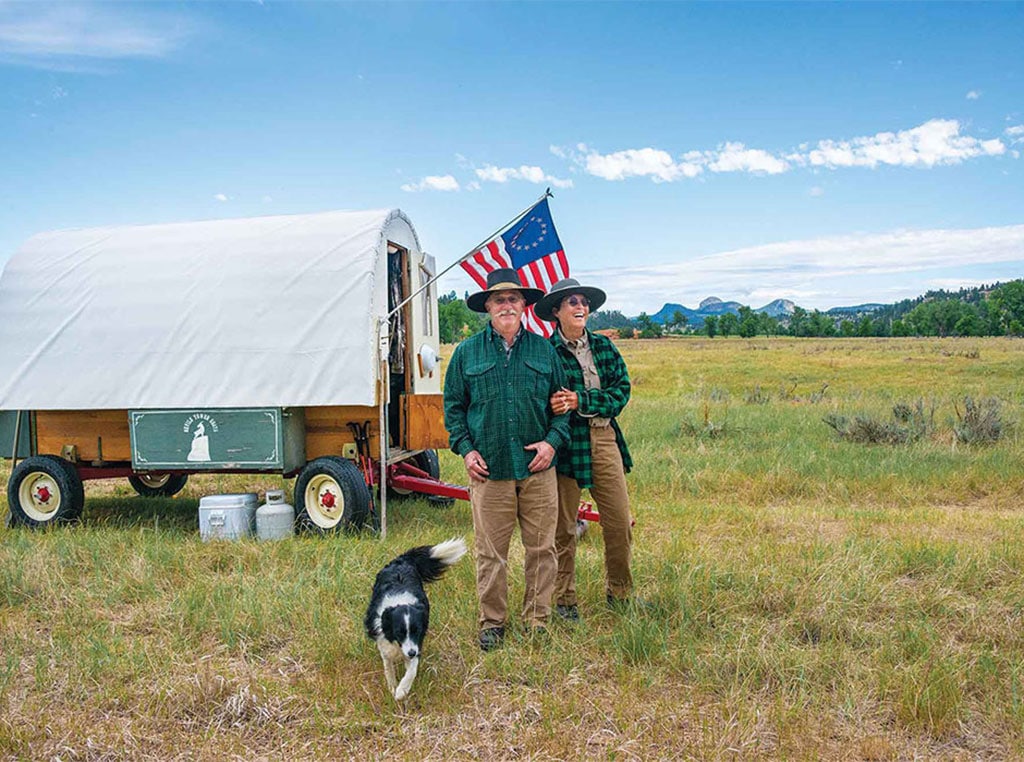
Agriculture
Browsing For Options
Goats clear the path for better forage, soils and ranching opportunities.
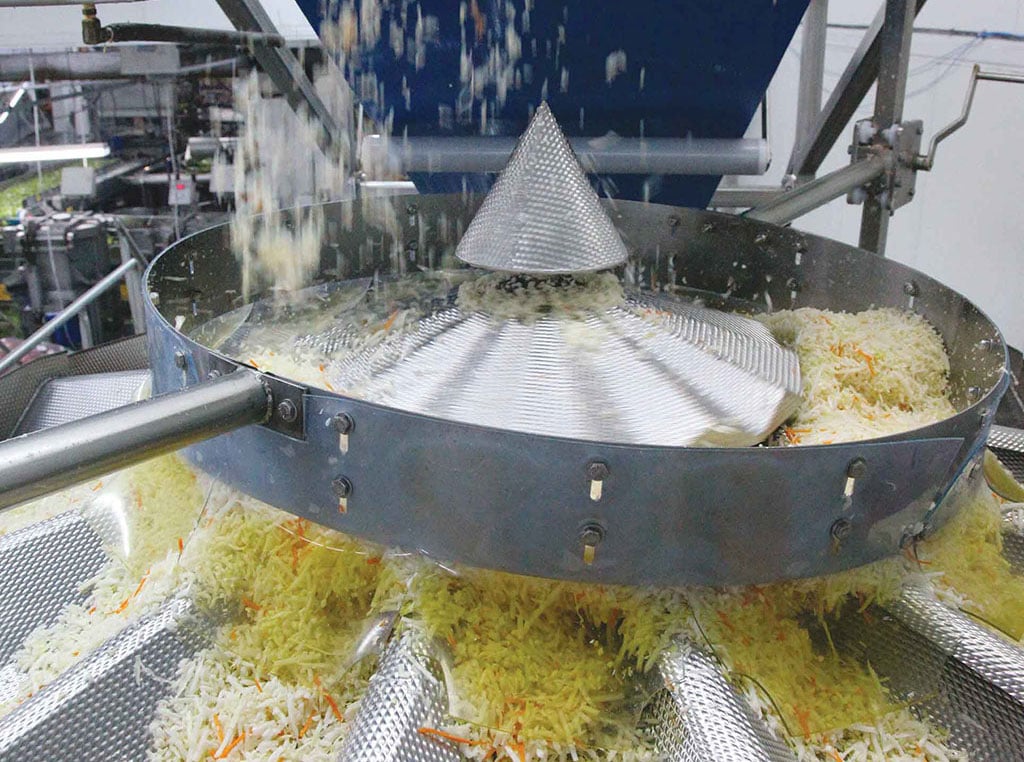
Specialty/Niche
Supplier of Choice
Commitment to quality pays dividends when the world’s upended.
